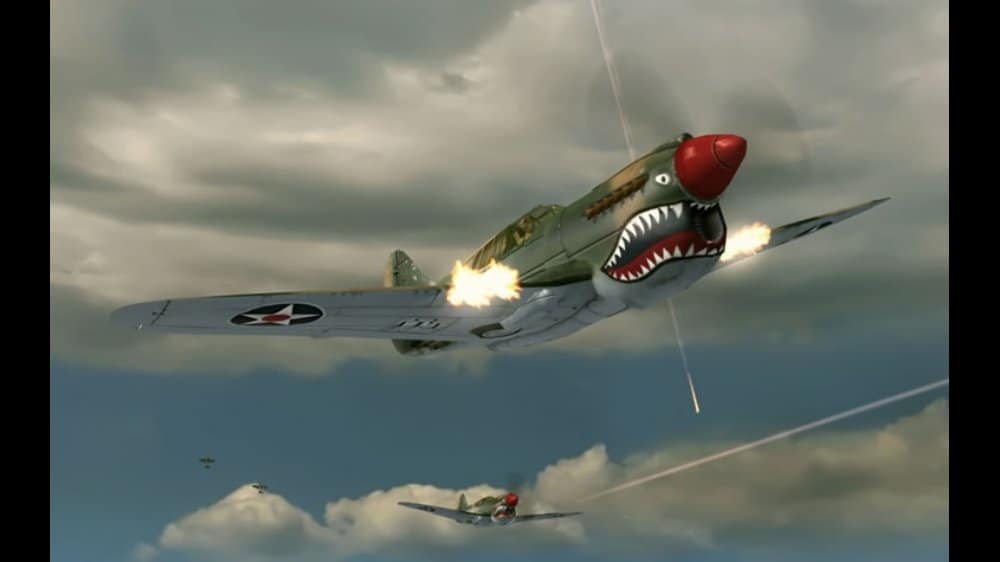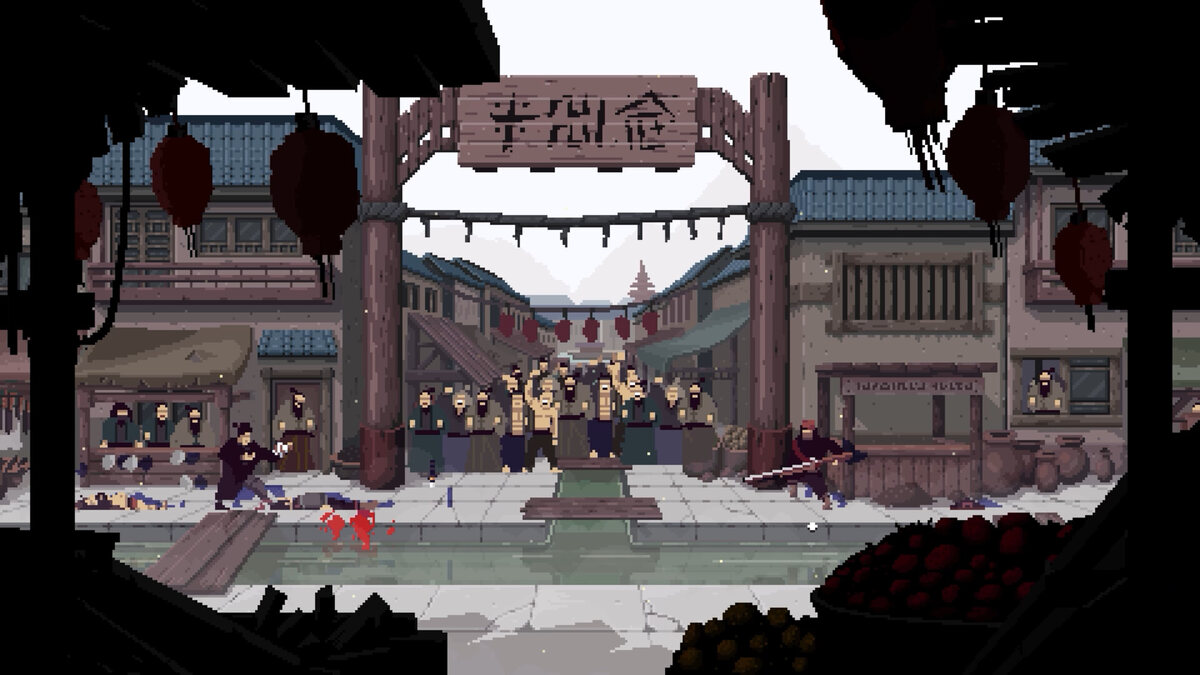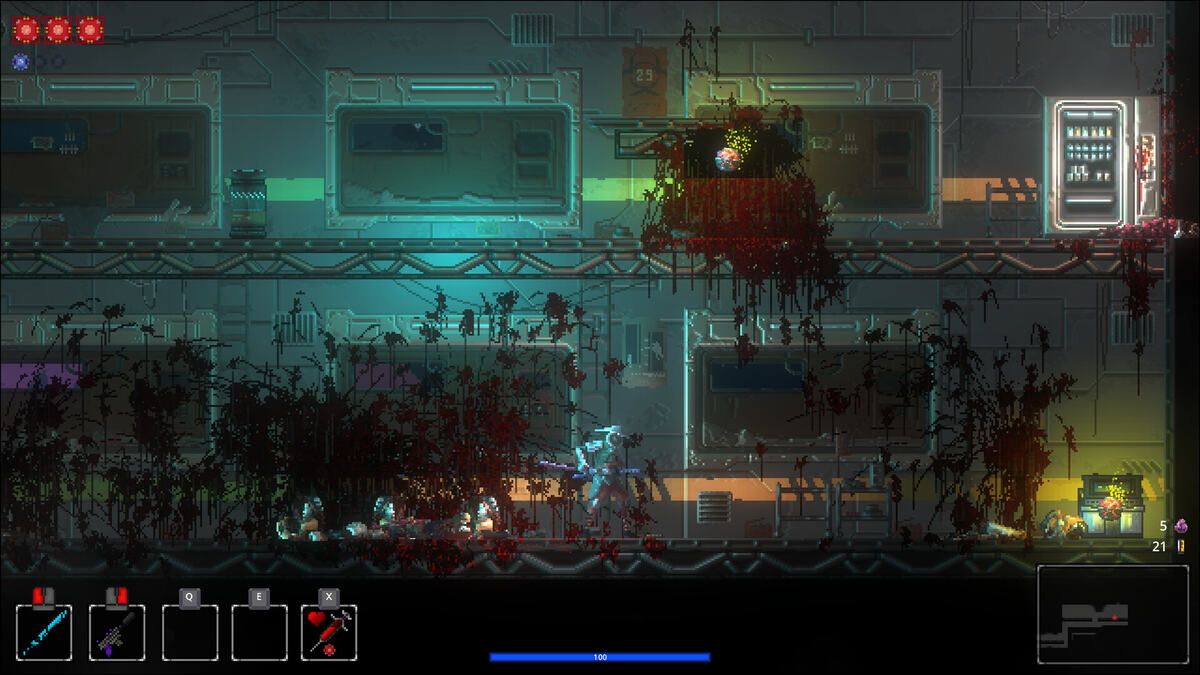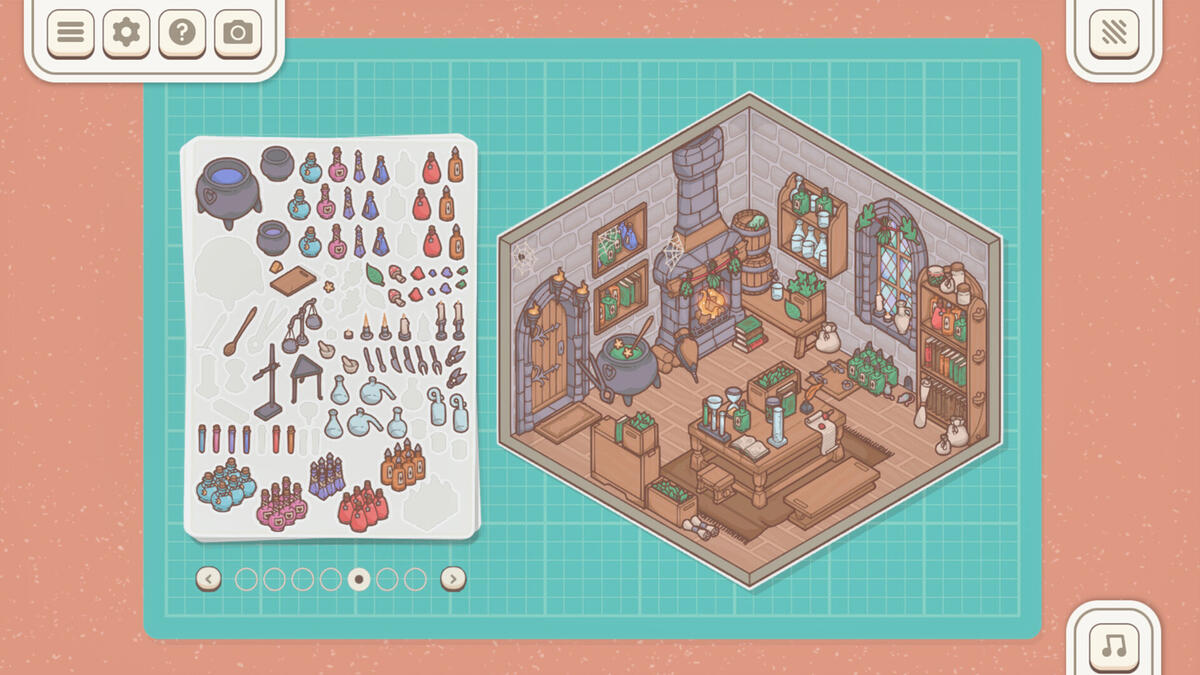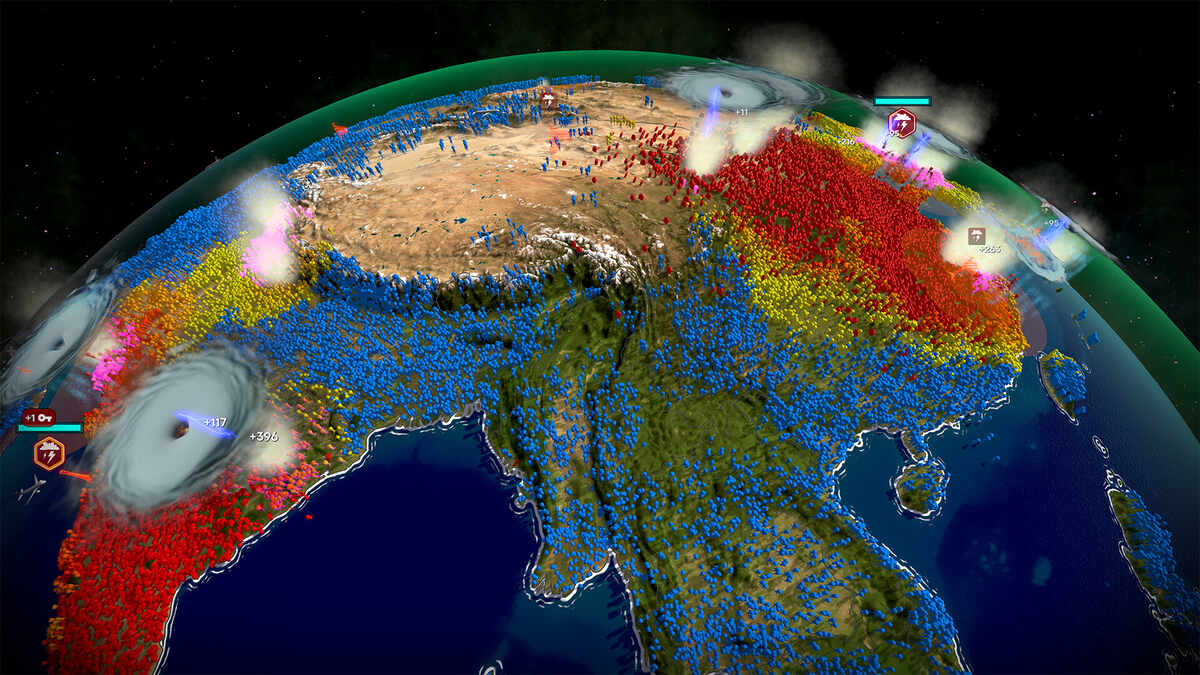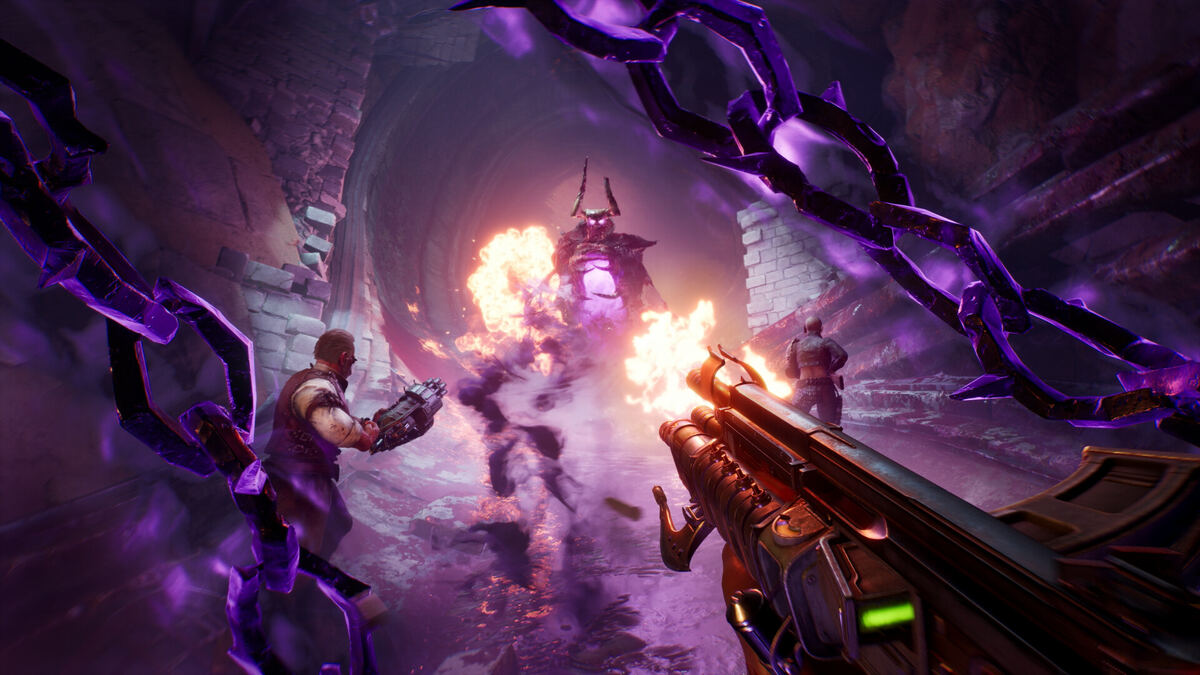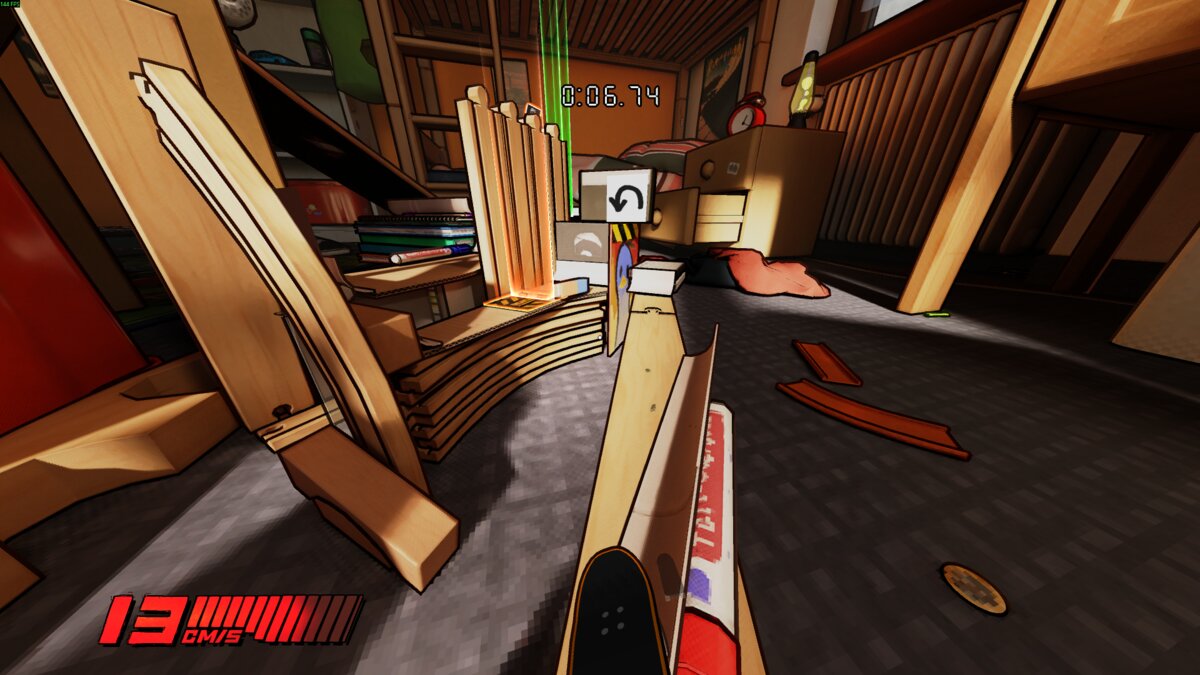You can trust VideoGamer. Our team of gaming experts spend hours testing and reviewing the latest games, to ensure you're reading the most comprehensive guide possible. Rest assured, all imagery and advice is unique and original. Check out how we test and review games here
Somebody once wrote that ‘War is Hell’ (William Tecumseh Sherman, leader of the Union army in the American Civil War, apparently – ain’t Google great?) and recently games have set out to show gamers exactly what he was talking about. Titles like Company of Heroes and the Call of Duty series deliver intense, all-action, uber-violent experiences that overwhelm your senses and leave you thinking ‘bloody hell, I’m glad I never had to fight in WWII!’ If Eidos’ upcoming title Battlestations: Midway is anything to go by though, war isn’t Hell, it’s just really, really complicated.
This is one of those games that seems to have been in development forever, having first been showcased back in 2004 at the ill-fated EGN show. The title was then being developed by SCi (before SCi bought Eidos, then changed their corporate name to Eidos, just to confuse matters) and the company invited journalists to view the game aboard a luxury yacht moored on the river next to EGN (thereby cleverly avoiding the fees involved in renting a stand inside the show… maybe they were saving their pennies so that they could afford the purchase price for Eidos or something?) At the time, the game was slated for delivery on Xbox, PS2 and PC, and was called simply ‘Midway’. It wasn’t long before this title received a prefix, presumably to prevent confusion amongst slightly stupid gamers who might otherwise make the mistake of thinking they were buying not a WWII strategic combat game, but a big American corporation famed for their arcade machines.
Fast-forward to 2006, and SCi-now-Eidos organises yet another preview event for Battlestations: Midway, which is now scheduled for release on just the Xbox 360 and PC, the Xbox and PS2 versions apparently having been abandoned in the intervening time period. The setting for the new event was yet another boat, but something a little more ambitious than a luxury yacht this time: videogame pods had been installed inside one of the conference rooms aboard the ex-Royal Navy cruiser HMS Belfast, permanently moored on the Thames. With cries of ‘yo ho ho’ and ‘shiver me timbers’ thankfully totally absent from proceedings, a gaggle of videogame journos gathered aboard ship to get some hands-on time with the game, under the supervision and tutelage of key members of the development team, all of whom turned out to know far more about WWII warships than can possibly be healthy…
For those of you who didn’t study American history, the battle of Midway is seen as one of the decisive engagements of WWII. It was where the US Pacific Fleet, under Admiral Nimitz, managed to surprise the Japanese forces near the island of Midway and sink their four aircraft carriers that had – six months previously – mounted the sneak attack on Pearl Harbour, destroying a load of American ships.
In single-player mode, Battlestations: Midway follows the career of US Navy recruit Henry Walker as he moves through the various campaigns and engagements of the Pacific War. With each level, you find yourself in command of a variety of ships, planes and installations, starting with just a few, and then, as Henry gradually gets promoted, taking command of larger and larger forces. The point of the game, simply put, is to utilise the different units under your command to complete various offensive objectives, while at the same time maintaining certain defensive ones. So for instance: you might be tasked with destroying a couple of enemy air bases, followed by some fuel depots to complete the mission, but at the same time you have to ensure that your aircraft carrier isn’t itself destroyed. Sounds fairly simple, right? Trust me: it’s not.
No, because while Battlestations: Midway might appear at first look to be a straight-forward RTS title, it’s actually quite a lot more than that. While you do issue orders to your various different units via a map, unlike other RTS games, it’s not simply a case of then just sitting back and letting your forces get on with it. No; in this game, as well as playing at being Admiral, you also have to get your hands dirty in the trenches (this is a metaphor – they don’t dig trenches in sea warfare) by jumping in and taking direct control of the various units, be they aircraft, ship or submarine, as they make contact with the enemy.
And this is where one of the potential problems with the game rears its head. The development team has done a sterling job recreating the wealth of WWII military hardware which the American and Japanese forces had at their disposal in 1942; you can control cruisers, destroyers, aircraft carriers, submarines, air bases, ship-building facilities, fighters, bombers, fighter-bombers, torpedo-bombers… you name it; if there was a chance you could have been standing on it, sailing on it, flying it or killed by it in the Pacific in 1942, then it’s been recreated here. Well, aside from scurvy… I’m fairly sure I never spotted a menu screen dealing with shipboard diseases, but then I did only play the game for a day, so I wouldn’t want to entirely rule it out.
All well and good though, right? Everyone likes realism, yes? The problem though, comes when you get down to trying to control all these different units at once. Just one of the ships, for instance, has you potentially dealing with helm and speed controls, artillery, flak guns, depth charges, torpedoes and damage control. Simply put: handling just one of these craft is almost a game in itself! Except of course you’re not handling just one of these, you’re controlling two or three, plus an aircraft carrier, plus a variety of aircraft, plus maybe a sub, possibly even an airbase or two… it’s all VERY intimidating when you first pick up a pad, even if you’ve got a developer standing next to you to explain the various commands (and I’m fairly sure that they’re not giving away a member of the development team with each final boxed copy of the game).
Persevere, and you eventually start to get the hang of things to some degree. You might learn to use the map for example, and how to issue directional commands to your units so that your boats actually leave the harbour before they get destroyed by the enemy, and your planes no longer just fly in aimless circles around your carrier. This behaviour is apparently intentional, as the aircraft automatically assume a ‘patrol’ mode to protect the ship unless otherwise instructed, which makes sense, but is a tad annoying when you’ve just unleashed four patrols of aircraft that you want to be mounting a devastating attack on an enemy airfield – “Fly my pretties!” – only to find them instead simply circling round and round your ship in formation like a really dull version of the Red Arrows.
Yes, over time, you might get the hang of juggling the various units under your command: launching aircraft from your carrier then switching to the map to send them on a bombing mission, before seamlessly taking charge of a destroyer, bringing her about (ships are always girls you know, because they’re streamlined, and, er, packed with guns) firing a broadside at an enemy cruiser, then switching to your boatyards and building two cruisers of your own, before deftly switching back to your aircraft in time to assume control of the lead plane and mount a devastating bombing run against an enemy installation. Note that I said you might do this… because it’s equally likely that you’ll faff around with the menus for launching aircraft from your carrier for far too long, with the result that you switch to your destroyer just in time to witness it plunging beneath the waves in flames, before getting stuck on yet more menu screens in the boatyard figuring out which ships to build while your brave flyboys get blown out of the sky well before they get anywhere near their intended targets. Top tip here: although you can just send your units into battle and let the AI handle the combat for you, if you do this, you will almost always lose. Despite some top-notch AI for your units, the game’s designed so that you need to actually play an active part in proceedings.
Perhaps I’m being unfair. Perhaps I’m just a little bitter because it seemed that the other journos at the preview event got more tutoring than me from the development team. But one thing’s for sure, this is NOT a game you can just jump straight into and blast away at, it requires more than a little effort to be expended in order to get anywhere at all with it, and to master it you may well need to graft on another brain. Should you persevere though, and find that you do gradually get the hang of things, then – although you’ll likely never achieve the same scary level of knowledge about the craft in the game as the dev team have – commanding multiple different units turns out to be tremendous fun, and is certainly a lot more interesting – and way more hectic – than the gameplay would have been had this just been a normal RTS. Which is why the multiplayer is a bit of an anticlimax, really…
Up to eight players can battle online, teaming up to assume control of either American or Japanese units across a variety of different maps. As with the single-player game, each side has some key targets that must be destroyed in order to achieve victory, and their own key areas which must be defended. In the maps that were available on the demo day, we were limited to just four players, two on the American side and two the Japanese, but even with just this number, something quickly became apparent – there’s a lot less for you to do in multiplayer. Playing as the Japanese side, for instance, one player controls an airfield and all the aircraft, while the other takes a shipyard and any ships it produces. As the shipyard player, this meant that I went from controlling all manner of different units, to only having to worry about four different ships, and suddenly… things seemed so very slow!
This isn’t really a fault with the game; it’s more a problem with naval warfare itself. Basically, the ‘action’ in the game only really kicks off once you’re within firing range of your targets, while the rest of the time is basically spent… well, sailing! This is fine when you’ve got aircraft to command too, as can spend your spare time sending fast moving fighters and bombers zooming across the map into battle, but when all you’ve got is ships to worry about, well, it’s a little bit boring to be honest. Conversely, when you’re the player controlling just the aircraft, it’s still not that great. Why? Well, because unfortunately, this game being big on realism, the aircraft aren’t incredibly durable. Just one shot from a flak gun can bring down your plane, and while the aircraft are a lot faster moving than the ships, it’s still a pain to fly them all the way across the map, only to have them blown out of the sky mere seconds after they get within range of a target.
Those perceptive types amongst you will have noted that I’m being fairly contrary: I’m criticising the game first of all for being too complex, and then again for being too simplistic! So it’s probably worth making it clear that this is just a preview. Hopefully once the game’s finalised, the single-player mode will ease you into the combat in such a way that you can easily learn how to control each unit individually before you’re challenged with the bigger fleets (or maybe the game will come bundled with that spare brain that I mentioned earlier?) And maybe the multiplayer mode comes into its own once you know the different units well enough to maximise their performance… although I’d still recommend that the development team at Eidos tweaks things a little to give each participant in multiplayer mode control of both air and sea units, because multiple-unit control is after all one of the main selling points of the whole thing. If this happens, then what you’ll have on your hands is an action/strategy game that will no doubt thrill war gamers, but might not necessarily be to the tastes of those who prefer their video games to be less cerebral and more straight-out shooting. Full marks to Eidos for trying to offer gamers something a little different than what we’re used to though…!
/https://oimg.videogamer.com/images/05dc/battlestations_midway_36.jpg)
/https://oimg.videogamer.com/images/4180/battlestations_midway_37.jpg)
/https://oimg.videogamer.com/images/8502/battlestations_midway_25.jpg)
